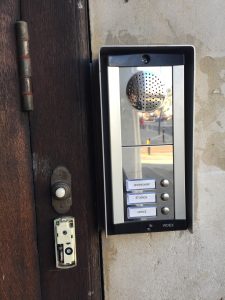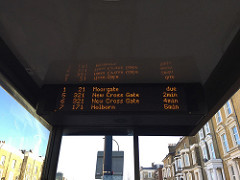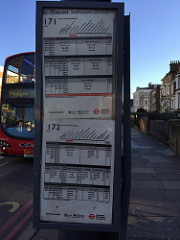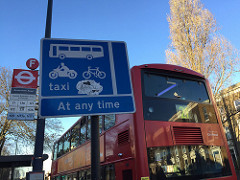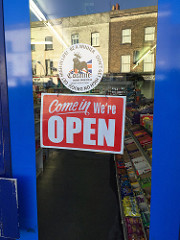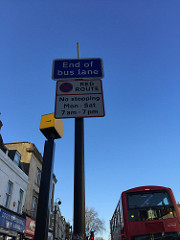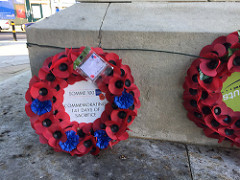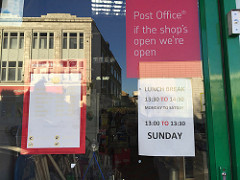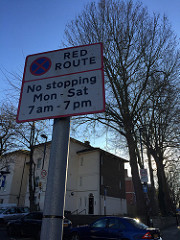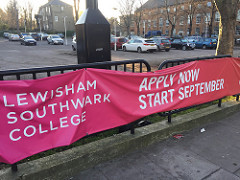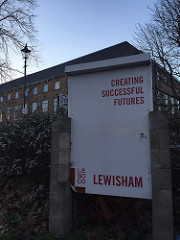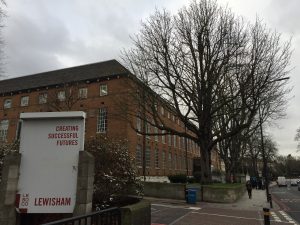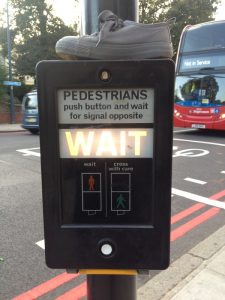A point I raised in the previous post concerned a movement from documenting temporality and futurity on Lewisham Way to generating various engagements with temporality and futurity. In this post, I outline a further way in which this move from documenting might be made in terms of reiteration, and offer one example of how I am beginning to work in this way.
Judith Butler explains reiteration as such:
‘The task is not whether to repeat, but how to repeat or, indeed, to repeat and, through a radical proliferation of gender, to displace the very gender norms that enable repetition itself’ (1999: 189).
Butler’s focus here is on how reiteration may be a means of troubling gender norms which she sees as a form of repetition that functions as a form of social reproduction. In some senses, then, Butler’s conception of repetition is that of the reproduction of the same – an understanding of repetition that I attempted to dislodge in post VI through Deleuze’s and Grosz’s work, where repetition necessarily involves difference and novelty. However, there are connections to be made here between this latter notion of repetition and how Butler posits reiteration as an activity that has the capacity for the ‘proliferation’ and displacement of norms. In other words, reiteration may be a means to induce change.
Taking inspiration from these understandings of repetition and reiteration, I’ve begun working with some of the raw sensory data that I’ve included in previous posts in order to repeat it with difference. In particular, given that an anticipatory relationship with the future emerged as significant in the walks, I have returned to the issue of waiting that I raised in post V. In that post, I discussed Bissell’s account of waiting as a ‘relatively embodied activity or action’ (2007: 284), involving ‘an enlivened corporeal sensibility where bodies are highly attuned to their immediate environment and themselves’ (2007: 284). To think through this idea in more detail, I’ve edited video and audio clips included in posts V and VI to focus attention on what my body, as viewer and listener to the clips, becomes attuned to in ‘the immediate environment and myself’.
The video included here is an early experiment which takes the video image of the ‘WAIT’ sign of one pedestrian crossing and mixes it with the sound of waiting at another pedestrian crossing (Waiting video, post V and Pedestrian Crossing III, post VI). The original video and sound have both been slowed down – to 25% of their initial speed. In slowing the speed down, my aim was to begin to amplify the sense of waiting that they both elicit. In doing so, my attention is drawn to the differing speeds at which pedestrians and cars move along Lewisham Way, as well as to the disjunction between the image and audio – at some points they seem to match up, while at other points the sound pulls apart from the image, indicating traffic that can’t be seen, for example. My attention is also drawn to the pulsing of the WAIT sign; an effect of the video camera rather than what the pedestrian crossing sign does. I think about how this pulsing coincides, or not, with what I can see and hear. The video image ends before the audio, focusing attention on the bleeps of the crossing, only here their speed indicates not the rushing that I discussed in post X, but rather more of a drawn out movement. Indeed, the slower speed changes their pitch, making them strange and raising the question of what they are and refer to.
These indicative points aim to demonstrate the activity that is taking place in waiting and that the body can become attuned to particular actions that take place in what for many is a mundane, everyday occurrence. However, the slowed down edit of the video and audio clips also elicits another sense in me, which is pertinent to exploring waiting: that of boredom. I can feel bored, and a bit twitchy when watching this edit, not necessarily more or less than I can feel waiting at a pedestrian crossing (which usually depends on whether I am rushing somewhere or have time to dawdle), but in ways that nevertheless make me think about such ordinary experiences of waiting. The experience of waiting, then, might well encompass the ‘enlivened corporeal sensibility’ of being bored.
My perception of these issues occur through different mediums – here of video and audio recordings – and editing techniques, especially slow motion. As I suggested in the previous post then, the multi-media, multi-sensory approach to taken enables both a documentation of temporality and an engagement with and reiteration of temporality. In these senses, reiterating data by re-editing it might be understood in terms of an opening up of what might be temporally noticed and felt.
